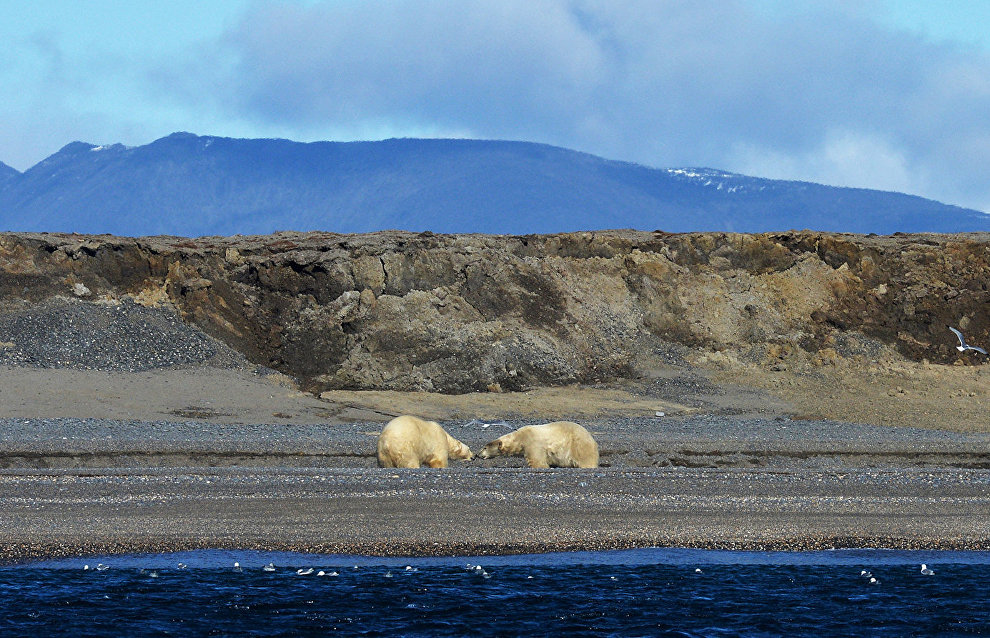Second stage of polar bear aerial survey expedition starts in Yakutia
The aerial survey of polar bears and sea mammals in the Russian Arctic is getting underway in Yakutia. Expedition members will collect information on the polar bear population and its distribution on the local islands and coastline under the Master of the Arctic environmental project.
“During this expedition, we will be able to understand what is happening with the population, how our bears move, what is happening with the ice conditions and what the general environmental agenda should look like. This will help us legally regulate human relations with the Arctic fauna,” said Rustam Romanenkov, deputy director-general of the Arctic Initiatives Center.
The organizers of the expedition explained that the research would be divided into two parts. During the first part, experts will explore understudied areas of the Laptev Sea and the East Siberian Sea. The Tiksi airfield will be the point of departure for 10 aerial routes, each at least 1,000 km long. All aerial surveys will be conducted from an L-410 flying laboratory.
During the second part, researchers plan to study the movements of polar bears on the Franz Josef Land archipelago using tracking collars. The Mikhail Somov research vessel will leave for the archipelago in June 2021.
“This vessel is a helicopter carrier, so we will be able to study the territories and waters of Franz Josef Land without additional long flights,” said ecologist Ilya Mordvintsev, an expert on climate and ice conditions from the Severtsov Institute of Ecology and Evolution at the Russian Academy of Sciences.
He added that during the expedition, the researchers were instructed to look at the distribution of polar bears on the islands and straits of Franz Josef Land, to catch them and put collars on them.
“In the future, this will allow us to track when polar bears leave the islands or whether some of them have to stay. In general, we will be able to monitor the movements of different families, to see how female bears walk with their cubs, whether they walk on ice, and how they hunt with them,” he said.
The first part of the expedition ended last September. Its participants flew over 10,000 km on the previously charted sea and coastal routes: the coast of the northern part of the Yamal Peninsula, the eastern coast of the Gyda Peninsula, the islands of Novaya Zemlya, Bely, Vaigach, Dolgy, Matveyev, Shokalsky and Bolshoi and Maly Zelenets, over the water surface of the Pechora Sea, as well as the Ob, Baidaratskaya and Khaipudyrskaya estuaries. The research was initiated by Rosprirodnadzor (Federal Service for Supervision of Natural Resources) in cooperation with the Clean Seas International Environmental Foundation.
